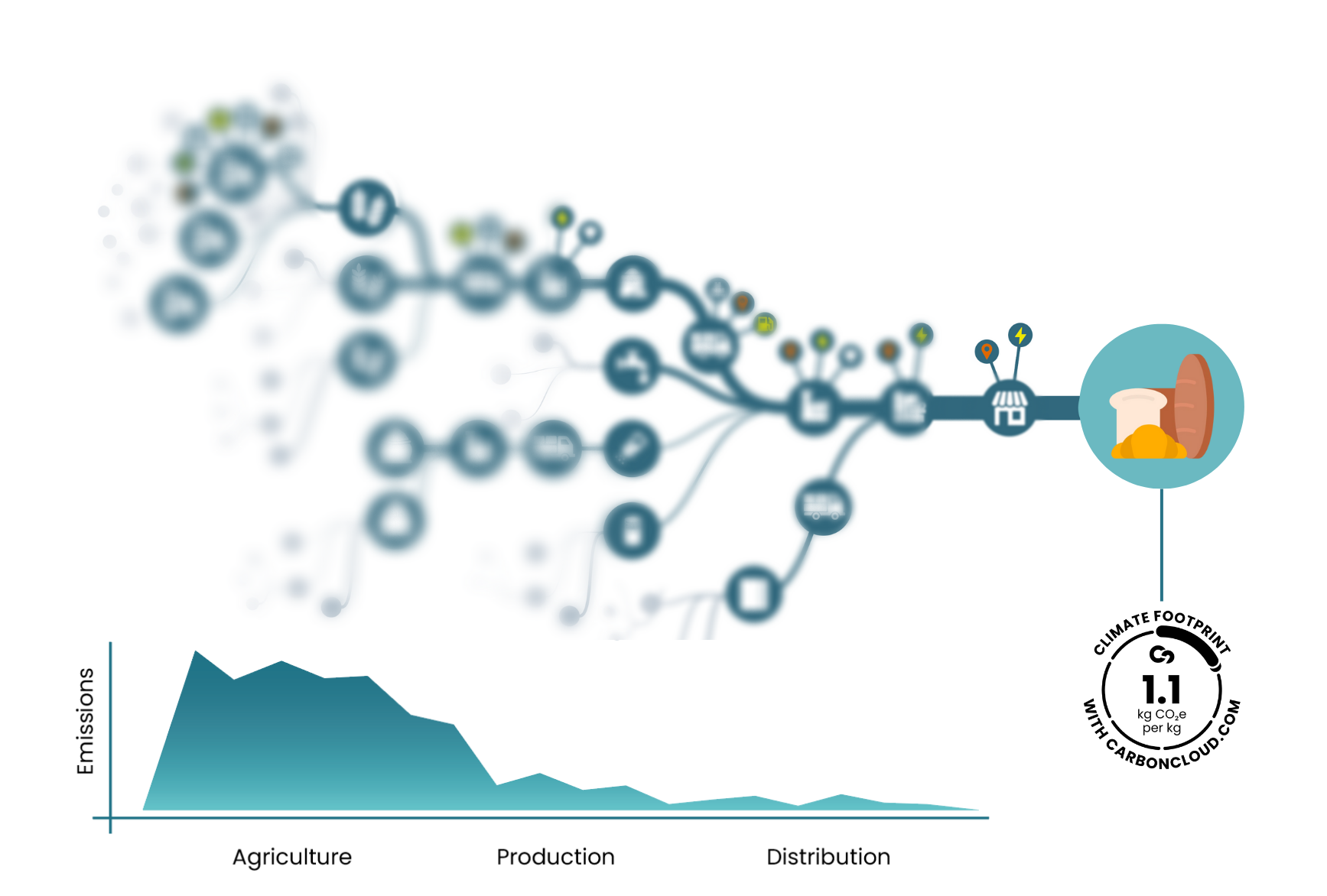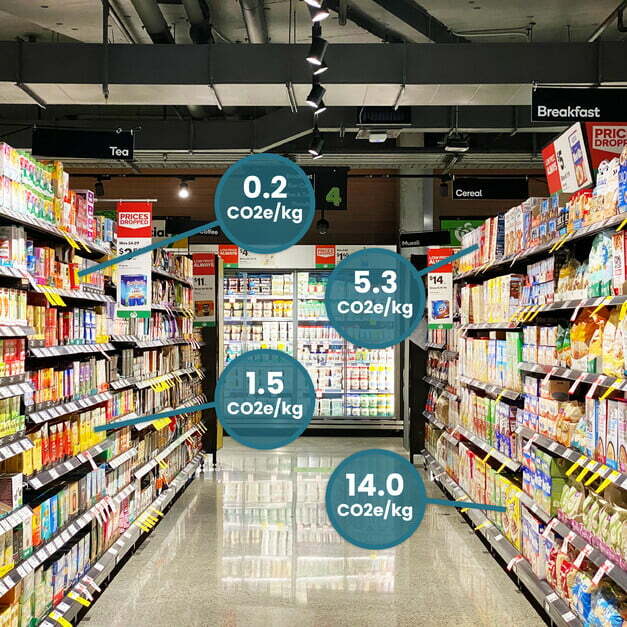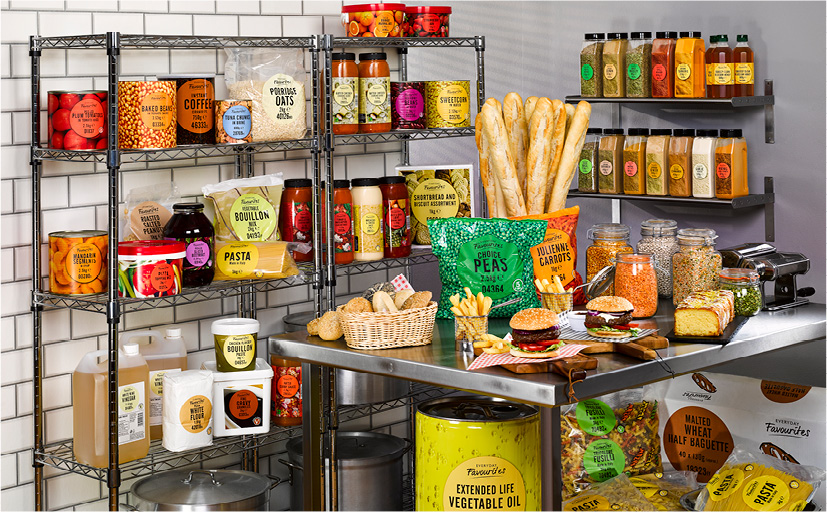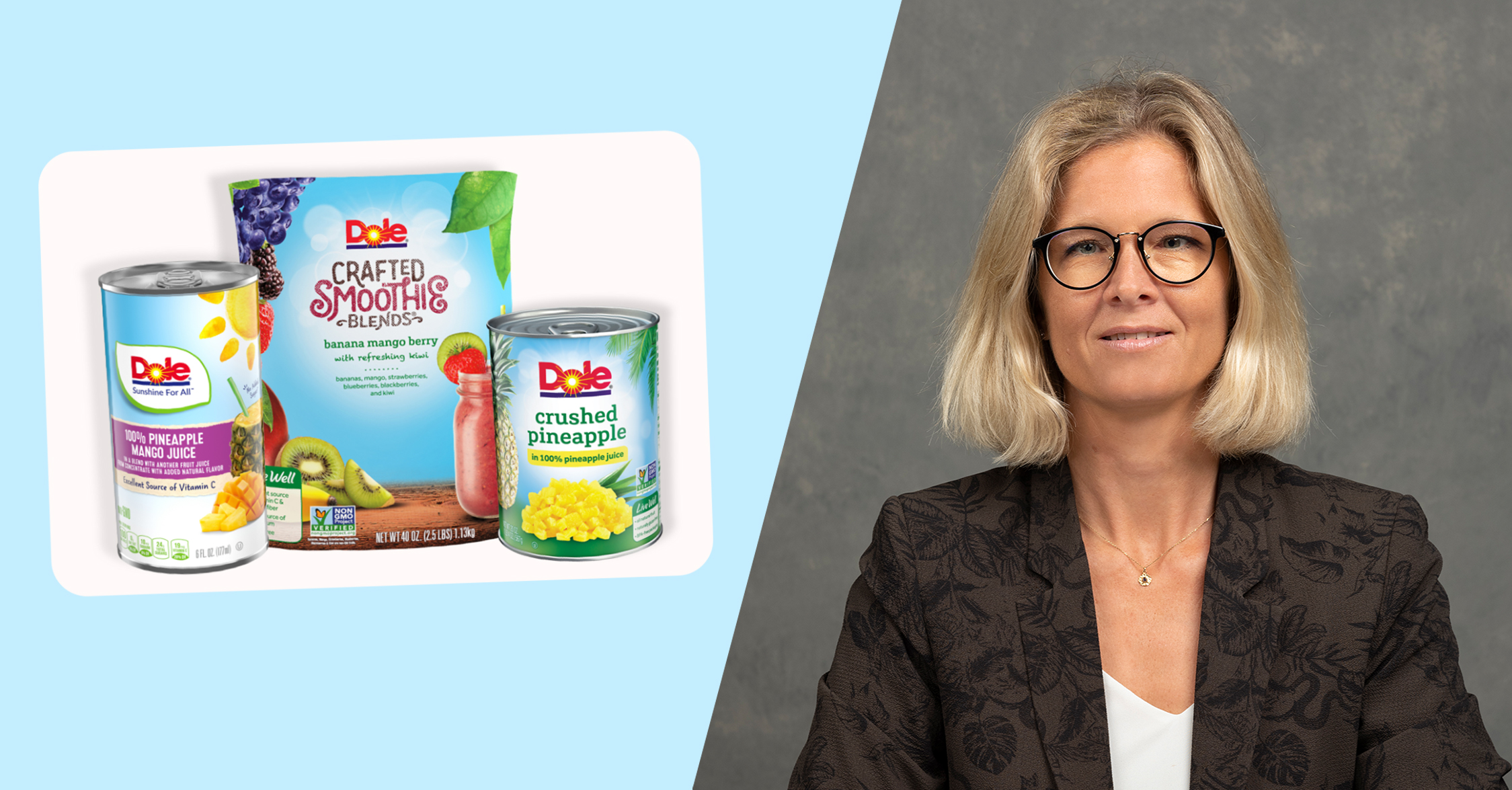Climate transparency in food supply chains: The biggest need since sliced bread?
For a third year in 2022, climate action failure takes the top spot as the highest- concerning risk in the World Economic Forum’s Global Risk Report [1]. Contributing a third of the global emissions [2], the food industry simply cannot fail with climate action. But this is easier said than done: Food supply chains are unique, similar to no other industry.
Climate action tactics that work seamlessly for other industries and climate opportunities that breed category leaders simply don’t apply to food supply chains. Switching to renewable energy and electrifying fleets simply doesn’t do the trick for emissions reductions in food.
80% of emissions from food are typically at farm [3]. Supply chain emissions –the notoriously elusive Scope 3– are 11.4 times higher than a food producer’s own emissions. The supply chain is the X factor in identifying and solving the climate risks and opportunities that matter. And the biggest advantage comes with understanding it.

Food emissions at farm
Supply chain emissions 11.4x higher than own operations
Why are food supply chains different?
The food system has developed over centuries into a complex network with millions of nodes in it. Supply chains are notoriously deep, wide and opaque. Greenhouse gas emissions occur throughout the chain but the earliest stages carry a heavier weight – far from the consumer-facing producers [3].
This ancient system has institutionalized pathways to communicate price and quality. However, there are no pathways to exchange the price tag of the century: Climate performance and intelligence. Stakeholders looking at two products can easily tell that they are identical regarding price, quality, taste and chemical composition but still, they cannot tell apart good climate performance from bad. This lack of visibility is ostensibly the challenge decision-makers face after sincerely committing to improve their climate performance: In the existing supply chain structure, climate intelligence is unattainable.
And at exactly this point, the comparison with other industries falls flat: Existing visibility solutions for less dynamic industries, such as annual audits or static climate footprints, simply do not solve the problem for food supply chains. The reason? Food producers need to access a staggering scale of information to track to assess climate. And this staggering scale can be exemplified by the simplest product:
A loaf of sliced bread at your grocery store.
Newsletter to-go?
Our special today is our Newsletter, including snackable tips, hearty climate knowledge, and digestible industry news delivered to your inbox
How many parameters does it take to calculate the climate performance of a loaf of bread?
Starting with the loaf of bread at the store aisle, let’s walk backwards along the supply chain:
- Distribution from the bakery to grocery store: 10+ parameters
- Packaging: 8+ parameters
- Baking: 15+ parameters
- Transport of ingredients from suppliers to the bakery: 5+ parameters per ingredient=15+ parameters
- Packaging of ingredients: 8+ parameters per ingredient, equalling 24+ parameters, assuming only one supplier per ingredient type.
- Milling of wheat: 9+ parameters
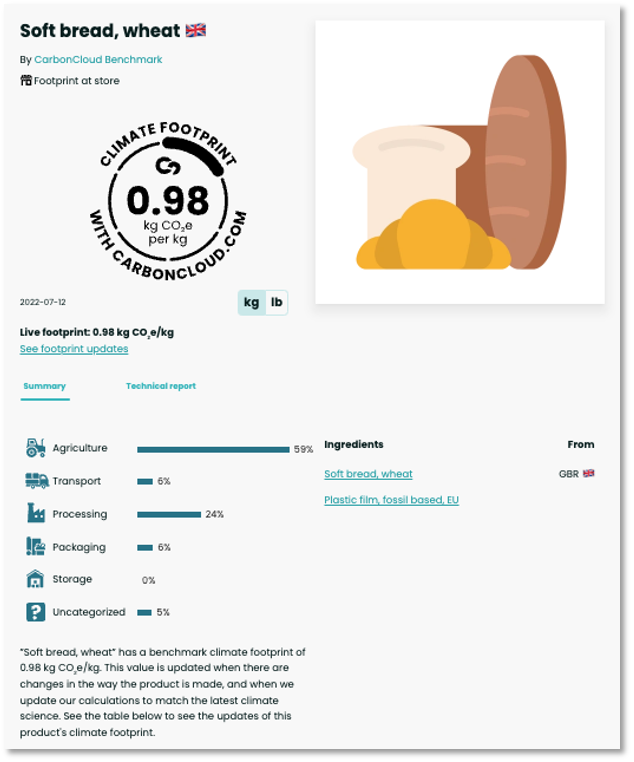
- Salt refinement: 2+ parameters
- Yeast production: 11+ parameters
- Farming of wheat and sugarcane (for yeast production): 45 parameters per farm.
In the unlikely, oversimplified case of only a single farmer for wheat and a single farmer for sugarcane, assessing the climate performance of this loaf of bread takes into account 190+. In the complex cases of real supply chains, there are 1,000 wheat suppliers to each mill and sugarcane suppliers to each plant, which translates to approximately 90,000 parameters.
And the complexity doesn’t end there: A point in the chain may include several suppliers, each unraveling complete supply chains for each ingredient, several production sites for each product, or even a whole product portfolio of different products with different ingredients and packaging solutions.
The food industry has had valid reasons for not having the same pace as other industries leading climate work. In terms of visibility, there are few lessons to learn from these industries. However, in terms of how corporate climate strategies can reshape the market, food industry executives can easily take a glance at industries like the automotive, with more advanced players and more mature regulations. As for the present, formulating an impactful climate strategy and roadmap can put food companies in the front run of the race to net zero.
But where do I start with a climate strategy? Valid question – Let us help.
CARBONCLOUD ACADEMY
All the food industry needs for a climate strategy in 6 seminars
Get the complete know-how and know-why of emissions management in the food system. Access the 3-module video seminar led by leading climate experts and researchers and pack your kit with the tools to carve an actionable climate strategy.
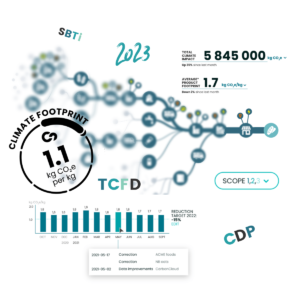
Related Posts
Climate footprint labels: Why we use the number – and why the entire food industry will too.
The quantitative and specific climate footprint label may still be perceived as disruptive but we are certain that there simply isn’t a way that is more informative and transparent to communicate th
Carbon Footprint won’t cut it (but Climate Footprint will)
Carbon footprints are dominating the climate change conversation. ‘Carbon footprint’ exclamations bounce around conferences, the industry, society, your dinner table. Rest assured that, at CarbonC
Bidfood and CarbonCloud Join Forces to Initiate Transformation in Supply Chain Carbon Management
Bidfood, one of the UK’s leading foodservice providers, has announced a strategic collaboration with CarbonCloud, a pioneer in climate intelligence technology. This partnership marks Bidfood’s
Dole Sunshine Company and CarbonCloud launch groundbreaking machine learning climate project
Global fruit giant Dole Sunshine Company (DSC) has found a key to measuring future climate performance. The company has partnered with Swedish startup CarbonCloud in a groundbreaking machine learning

